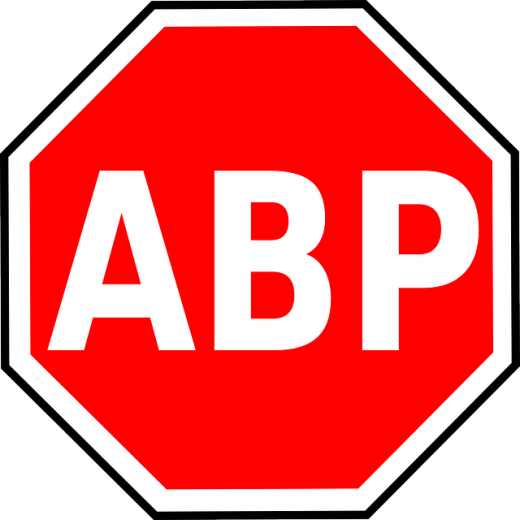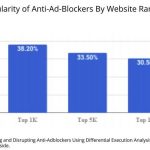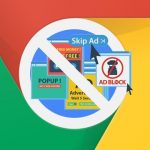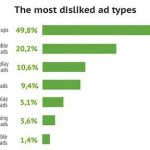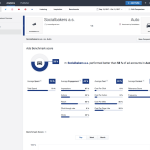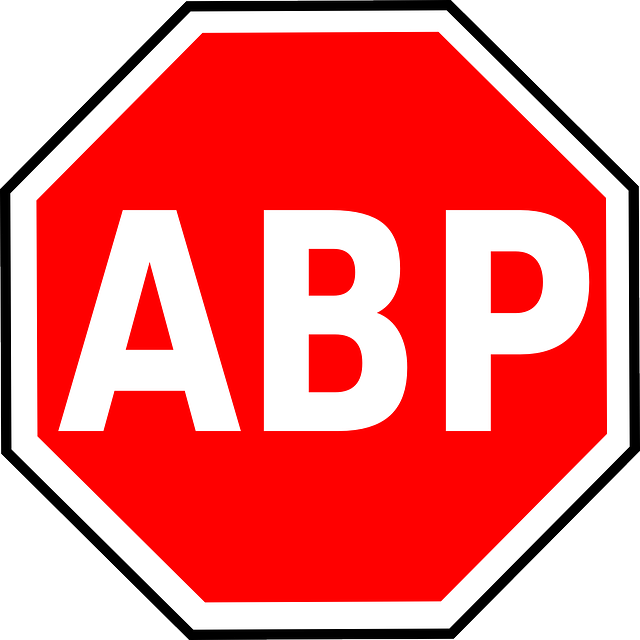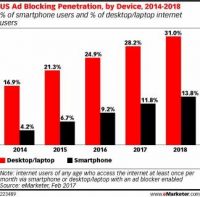Are Ad-Blocking Tools Really Dangerous to PPC Ads?
May 28, 2016

It’s $ 8.2 billion the estimated cost to of ad blockers to the ad industry according to the IAB (Interactive Advertising Bureau). In Germany, the case has been brought to court even, but it lost.
Why consumers do block ads? To keep themselves safe against malware and spyware, of course. It’s not unheard of that ads generated from dynamic advertising systems like AdSense or Chitika came with spywares or deadly viruses that damaged users’ computers irreparably.
Siding with consumers, Asus is going to make all its smartphones AdBlock Plus enabled in 2016.
What can YOU — the blogger, the publisher — do about this trend? Will it affect your PPC ads?
Ad-blockers might be a problem… or might NOT
To quote The Wall Street Journal, “ad-blocking software potentially hurts publishers more than it does the advertisers users are attempting to avoid. Marketers say it’s probably best their ads aren’t displayed to users that strongly dislike them. But for publishers that are dependent on ad revenue, they end up effectively giving their content away for free to ad-blocking users.”
Indeed, it might be more of a problem for you than for the advertiser buying ads on your space. However, the fact that blocking ads translates to consuming content for free is debatable. In fact, the vast majority of ads pay on a Pay-Per-Click basis and not Pay-Per-Impression, so you still wouldn’t get clicks (and money) from users who deliberately avoid ads like pest.
If you use static ads, you may not need to worry at all; however, if you are run dynamic ads on your blog… read on.
If your blog income relies on ads, consider going static
Text links and static banner ads (simple images with a link) are a better choice when your users regularly block your ads.
The advantage of text links and banner ads is that these elements are part of your website, not some third party element the ad-blocking tool will recognize as threatening. Just as your user can view links and images in your posts, so they will be able to see your banner and link ads.
Because these ads are static and are placed editorially after your scrutiny, they will not come with unwanted spyware, viruses and encrypted images with malicious code.
No scripts; only use simple HTML. That excludes AdSense and similar programs, but it gives you full editorial control and you can choose your advertisers.
Prefer sponsored posts to display ads
Sponsored posts are an alternative to display ads that won’t trigger a block. Readers can still ignore these posts, but they will not run into any risks to see their privacy breached by some third party code.
Also, unlike display ads (even static ads), sponsored posts integrate perfectly with your editorial content, so they will be less obtrustive and readers can freely skip them and only read what catches their interest.
Interested readers, however, won’t have to worry that their favorite sponsored content will bring along unwanted malicious code.
Remember to disclose your sponsored content as such!
Use disclaimers
Inform your readers that you use ads and that your ads are not dangerous (no scripts, no tracking). That is, if you use static ads.
For dynamic ads, you can still use a disclaimer (a modal dialog) to ask visitors to turn off their ad-blocking tools and give your ads a chance, since you do your best to provide only risk-free, relevant ads.
Of course, the last decision is the user’s, but you can still try.
Another way to use disclaimers is similar to the above mentioned, but it involves the use of a content blocking tool on your behalf to block users with ad-blockers activated from viewing your content, that they can unblock once they turned off their ad-blocker.
This last strategy is more invasive and you may lose readers because of it, but in this case you should determine whether traffic and subscribers are more important than ad revenue.
Disable tracking and write an anti-tracking policy for your advertisers
If you have power over the ad scripts you use, disable tracking for your adverts and leave only click counters on. Of couse, any ads who don’t allow “no tracking” will disappear or get canceled, so in that case make sure you refuse those ads prior to making the change. (Every advertising program is different.)
In addition to this operation, write an anti-tracking policy for your advertising, stating that from now on you only allow adverts that don’t track users across multiple sites, but only count clicks and conversion rates.
How do you deal with ad-blockers? Do they affect your revenue?
Let’s discuss in comments below.
Digital & Social Articles on Business 2 Community
(26)

